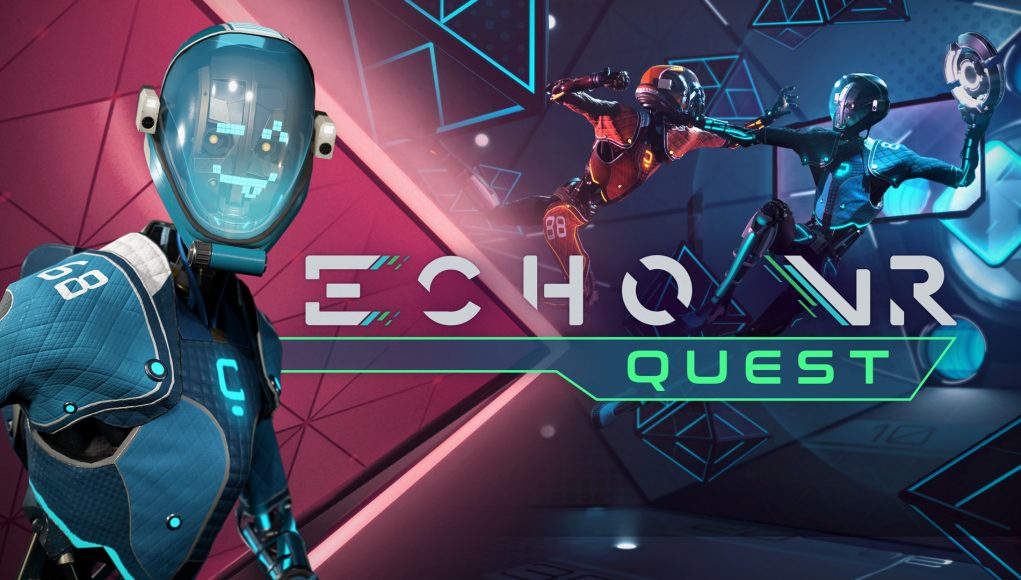We review the predictions about technology and the trends that will be highlighted next year 2019. One of them is Artificial Intelligence, which continues to capture a large percentage of innovation and investment in the sector.
With 2018 about to end, it’s a good time to think about the future and what trends they’re going to highlight next year. Although there are many trends, and many predictions have already been made, we are going to focus on key points that this year have given much to talk about, and that will gain much more recognition in 2019.
Artificial Intelligence
Big Data does not lose importance, but most companies already know its benefits and have teams dedicated to obtaining, analyze and extract insights from data. If a company or organization is not focused on Big Data, it is already left behind. The focus for next year will be what layers we can add to this, to continue basing business decisions on data, but also improving processes. As thoroughly covered at the LUCA Innovation Day event, Artificial Intelligence will continue to be a focus point and a much talked about trend in 2019.
In a survey conducted in the US and Europe by Spiceworks, a company dedicated to the sale of technology products, the 76% of participants stated that they believe that the Artificial Intelligence will benefit your work by automating repetitive, monotonous tasks that take up more time and thereby helping them focus on the strategic aspects of the business.
AI can help in many ways, increasing the ability to create improved algorithms, the availability of AI assistants and also in the medical industry; where AI can help predict a patient’s outcome (life or death) with 95% accuracy.
However, the challenge will be to ensure that a company and its team have the skills and resources needed to implement Artificial Intelligence, and currently only 20% of IT professionals believe their organization has.
IT as a Service (ITaaS)
While many companies want to move towards a digital transformation, some lack the budget to do so, and this prevents them from taking advantage of the latest waves of technology. With the introduction of the IT as a Service model, the IT service provider delivers a technology service to a company, without a very high budget.
ITaaS should not be confused with technological change, but with a change in the organizational and operational aspect. Using ITaaS will help businesses experience change and migration at a much faster pace. According to [Hewlett Packard Enterprises](https://www.hpe.com/us/en/insights/articles/3-ways-consumption-it-makes-your-business-smarter-1711.html ” The vendor takes the day-to-day tasks of IT staff, freeing them to focus on projects that can generate revenue.” This model also helps companies increase or decrease contracted services, adjusting their needs and their budget.
Chatbots
According to Forbes, about 40% of companies will have or start using chatbots by the end of 2019. Chatbots have already been on the radar of many, and about one in four companies already use them in their day-to-day lives. By adding Natural Language Processing or Natural Language Processing (NLP), Chatbots are becoming more human-like in their interactions and can help retail and e-commerce stores examine their customers ‘ complaints or queries, before the customer talks to a person.
Edge computing and Cloud
Last year, Edge Computing and the Cloud were established as trends, and so far their popularity and potential has only increased. This is largely due to the creation and use of smart devices, with Artificial Intelligence technology. This smart deviceslike drones or autonomous vehicles, they communicate instantly via IoT and send data to the cloud. This process is becoming less and less practical due to the time it takes. This is where Edge Computing come on in. Due to the need for many of these devices to get real-time responses, which so far only Edge Computing can provide. Edge Computing and Cloud work so closely that some companies call this combination” The Fog ” because of their interdependence.
As smart drones, autonomous vehicles, and other smart devices powered by Artificial Intelligence instantly connect and communicate via the Internet of Things (IoT), the issue of sending data to the cloud will become impractical. Many of these devices will need real-time processing and response, making advanced computing the only viable option.
The Cloud or the cloud continues to gain momentum and is a “catalyst needed for innovation” for companies. According to Gartner, by 2021, more than half of global companies that already use the cloud today will adopt a comprehensive cloud strategy, especially as security and knowledge about it continues to grow.
Many of these trends are not innovative, we already know many of them or at least they sound familiar, but what we will achieve with them next year will definitely be bigger and better than before.
Original post written by Eugenia Bollmann in LUCA’s blog







